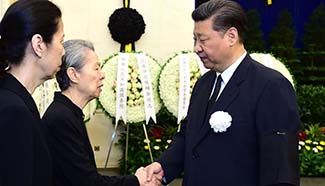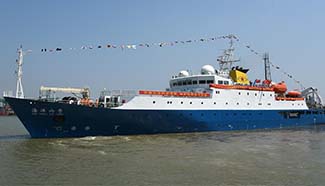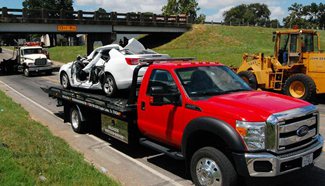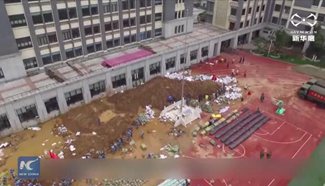NANCHANG, July 8 (Xinhua) -- A top regulator has introduced medical pricing reforms to address complaints about inflated prices for drugs and medical services.
The changes are expected to eliminate public hospital markups on drug prices and cut prices for medical examinations and supplies by the end of 2020, according to a guideline issued by the National Development and Reform Commission (NDRC) on Wednesday.
The reforms will allow hospitals to charge more for registration fees, operations, nursing care and traditional Chinese medicine, according to the guideline.
Due to insufficient government funding, Chinese public hospitals rely heavily on markups on drug prices and high fees for examinations and materials such as bandages, creating an incentive for doctors to overprescribe drugs and advise unnecessary check-ups, which has fueled doctor-patient tensions.
Xiong Tingting, a 40-year-old woman from east China's Jiangxi Province, spent 10,665 yuan (1,595 U.S. dollars) on an operation in June to remove gallbladder polyps at a public hospital in the provincial capital of Nanchang.
The cost of medication was 4,119 yuan, accounting for nearly 40 percent of the total cost. The medical examination cost more than 1,000 yuan.
"But the charge for four days of nursing care was only 104 yuan, less than 1 percent of the total cost," said Li Jianlin, head of the medical affairs department with the No. 1 Affiliated Hospital of Nanchang University.
Li said nurses account for two-thirds of the employees on the hospital's payroll, but nursing services generated only 3 percent of the institution's revenue.
The current medical pricing system undervalues the services of medical staff, and doctors have been encouraged to overprescribe due to financial pressure, said Chang Feng, director of the Medicine Price Research Institute under China Pharmaceutical University.
Medical pricing reform will change the distorted revenue structure of urban public hospitals, said Liu Shujie, an NDRC researcher.
Reforming pricing schemes for healthcare services and drugs is among the key tasks of China's healthcare reform. Hospitals will have more freedom to adjust the prices of services in the future, as the NDRC has pledged to gradually narrow the scope of government-mandated pricing.
Under a pilot urban hospital reform scheme introduced in 2011 in Sanming City, Fujian Province, the registration fee for a chief physician was raised from 7 to 25 yuan.
In 22 of the city's public hospitals, revenue from drugs accounted for 26 percent of total revenues in 2015, down from 47 percent in 2011, said Zhan Jifu, head of the municipal medical reform leading group.
Revenue from medical services, including medical consultations, operations and nursing care, accounted for 65 percent of total revenues in 2015, up from 51 percent in 2011, said Zhan.
"Under the medical price reforms, medical staff can provide quality medical services and get better returns for themselves, which will ease tensions between doctors and patients," said Lin Yun, deputy head of Xinyu Municipal No. 1 People's Hospital in Jiangxi Province.










